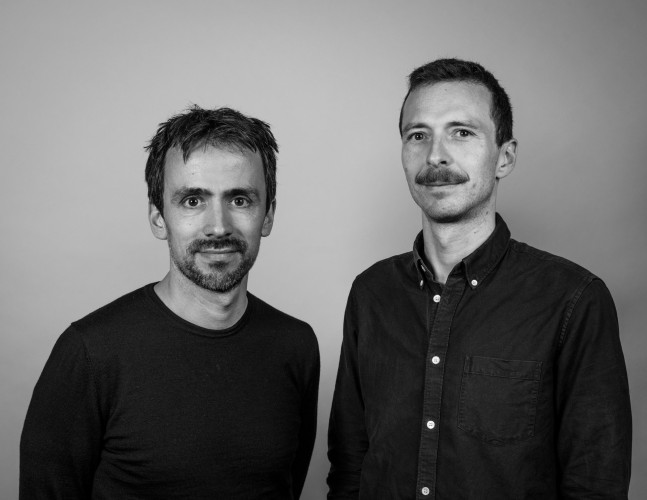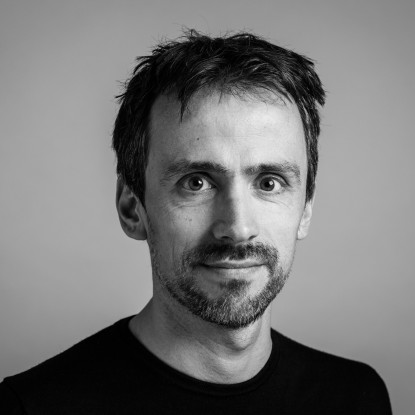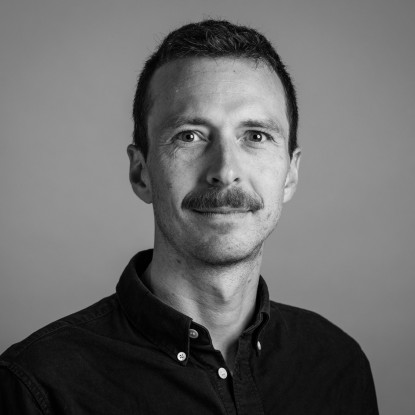Institute EIK

Teaching Profile
Institute Design and Industrial Methods of Building Construction
The Institute “Design and Industrial Methods of Building Construction” is one of the three Institutes of construction at the Faculty of Architecture at TU Darmstadt. Since the winter semester 2021/2022, it has been headed by Prof. i.V. Florian Latsch and Prof. i.V. Martin Baur.
Prof. i.V. Florian Latsch and Prof. i.V. Martin Baur
With a romantic and at the same time realistic enthusiasm, we want to make use of industrial methods in order to achieve an appropriate architectural expression.

Teaching Profile
Meanwhile, almost all built structures are constructed from industrially manufactured building products or industrially processed components. Industry has a decisive influence on the shape of our built world. The industrialisation of building called for by Mies van der Rohe in 1924 is a reality today. He compared this epoch-shaping development with the significance of the “religious movement in the Middle Ages” (1). However, the industrialisation of building has not, as Mies van der Rohe predicted, led to “the social, economic, technical and also artistic questions being easily solved” (2). Such questions must continue to be dealt with by architects, even if the industry and yield-oriented investors sometimes suggest that with the right products there is also one right way of building.
Building has become faster and easier, but the tailor-made reference to the context has often been lost. Many resources are simply consumed and not equally recycled. Houses should not be industrial products, but they are made of industrial products. The industrialisation of building is our tool, which we have to use sensibly and do so with painstaking craftsmanship.
With a romantic and at the same time realistic enthusiasm, we want to make use of industrial methods in order to achieve an appropriate architectural expression. In doing so, we demand an architecture without stylistic guidelines, so that the students can find independent answers. However, the architecture must position itself in the field of tension between the historically familiar and the industrially ordinary.
The guideline here is a respectful coexistence of the buildings with each other, as well as a respectful use of finite resources. By anchoring architecture in a contextual identity, e.g. through the material, the interpretation of a detail or the typology, the new is to be given a structural character and an associated longevity.
References
(1) Mies van der Rohe, Ludwig: Industrielles Bauen. In G: Zeitschrift für elementare Gestaltung, Berlin, Ausgabe 3, Juni 1924 , S.8-10
(2) Schädlich, Christian: Ludwig Mies van der Rohe, Ernst May und der wissenschaftlich-technische Fortschritt im Neuen Bauen der 20er Jahre. In: Wissenschaftliche Zeitschrift Hochschule für Architektur und Bauwesen Weimar, Band 33, 1987, S.201-203
Teaching at the institute is divided into the following areas:
- Bachelor programme – 1st semester Design and Construction I (EnKo I) – three design exercises accompanied by the lecture series with the focus on “Masonry”.
- Bachelor programme – 2nd semester Design and Construction II (EnKo II) – one design project accompanied by the lecture series with the focus on “Concrete”.
- Master programme – main design (Bachelor Thesis and Master Theses)
- Master programme – Seminars
- Excursions within the framework of the courses


